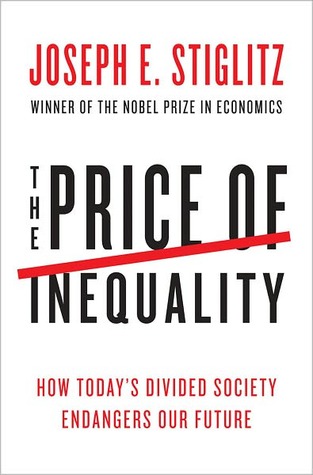More on this book
Community
Kindle Notes & Highlights
Read between
December 11 - December 12, 2017
The wealthiest 5 percent of Americans, who own more than two-thirds of all household stock wealth,
The country’s fight for survival brought a new sense of unity,
Money that is spent on “security”—protecting lives and property—doesn’t add to well-being; it simply prevents things from getting worse.
A stark reflection of the inequality of educational opportunity in our society is the composition of students in America’s highly selective colleges. Only around 9 percent come from the bottom half of the population, while 74 percent come from the top quarter.
a white man with a criminal record is slightly more likely to be considered for a job than a black man with no criminal past.
fatalism, which serves those benefiting from the current system, obscures reality: the predicament is a choice.
In contradistinction to the reality that perceptions and preferences can be shaped, mainstream economics assumes that individuals have well-defined preferences and fully rational expectations and perceptions. Individuals know what they want. But in this respect, traditional economics is wrong. If it were true, there would be little scope for advertising.
when inequality is as large as it is in the United States, it becomes less noticeable—perhaps because people with different incomes and wealth don’t even mix.
ideas and interpretations of historical events are always contested.
politicians are merchants of ideas.
If we measure the wrong thing, we will be tempted to do the wrong thing, and to make the wrong inferences


